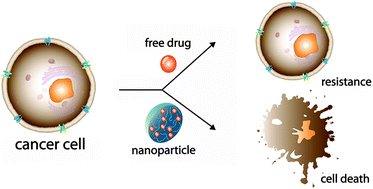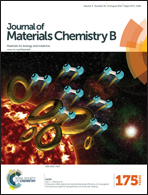How can nanomedicines overcome cellular-based anticancer drug resistance?
Abstract
Despite the great progress in the field of cancer research, complete remission of cancer patients is a rarely seen outcome in clinics. The failure of a plethora of promising anticancer drugs is mostly due to the insurgence of multidrug resistance (MDR) phenomena with various factors, both physio-pathological and cellular, being responsible for their development. Over the past 40 years, the impressive progress in the nanotechnology field and its application in medicine (i.e., nanomedicine) enabled the development of novel cancer treatments with improved specificity and efficacy, mainly referring to the possibility to overcome MDR. However, the emergence of many nanomedicines defined in the literature as “overcoming the resistance” has resulted in very few of them eventually being approved for clinical application and reaching the marketplace (liposomal formulation of doxorubicin (Myocet®, Caelix®) and paclitaxel nanoparticles (Abraxane®), for instance). The capacity of nanomedicines to overcome physio-pathological-based resistance by enhancing drug accumulation at the tumor site via passive and ligand-mediated targeting has been largely reviewed in the past few years. This review will specifically focus on the cellular mechanisms involved in the MDR, which will be discussed with respect to the cellular site in which their action is exerted (that is, membrane, cytoplasm or nucleus). A complete overview of various nanomedicines designed to bypass or directly inhibit each of these specific resistance mechanisms will be offered.


 Please wait while we load your content...
Please wait while we load your content...